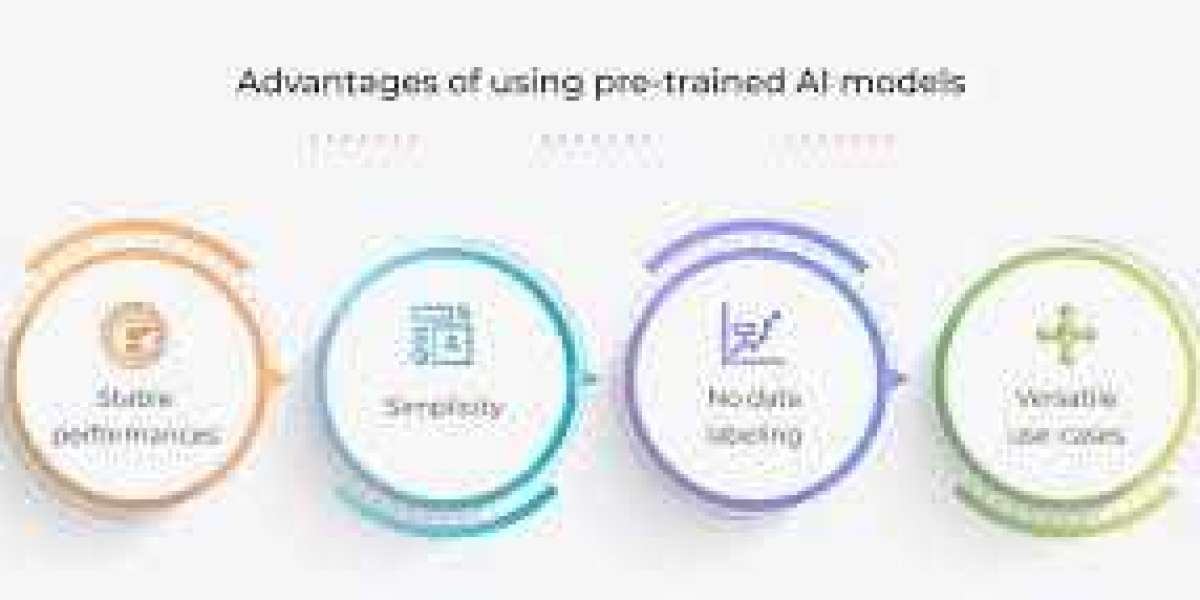When it comes to solar installations, choosing the right type of battery is crucial for maximizing the efficiency and reliability of the system. Lithium-ion batteries have emerged as a popular choice due to their high energy density, longer lifespan, and lower maintenance requirements compared to other battery technologies. In this article, we will explore the different types of lithium-ion batteries used in solar installations and compare their key characteristics.

The Importance of Battery Selection
Before delving into the specifics of different lithium-ion battery types, it is important to understand why battery selection is crucial in solar installations. Solar panels generate electricity during the day, but the energy needs to be stored for use during the night or when the sun is not shining. This is where batteries come into play, acting as a reservoir for the excess energy produced by the solar panels.
Choosing the right type of battery ensures efficient energy storage and discharge, minimizing energy losses and maximizing the overall performance of the solar installation. It is essential to consider factors such as energy density, cycle life, depth of discharge, and cost when comparing different types of lithium-ion batteries.
Lithium Iron Phosphate (LiFePO4) Batteries
One of the most commonly used lithium-ion battery types in solar installations is Lithium Iron Phosphate (LiFePO4). These batteries are known for their excellent safety profile, long cycle life, and high thermal stability. LiFePO4 batteries are less prone to thermal runaway and do not contain toxic materials, making them environmentally friendly.
LiFePO4 batteries also have a high energy density, allowing for compact and lightweight designs. They can be discharged to a greater depth without compromising their lifespan, making them suitable for applications that require frequent deep cycling. However, LiFePO4 batteries tend to be more expensive compared to other lithium-ion battery types.
Lithium Nickel Manganese Cobalt Oxide (NMC) Batteries
Another type of lithium-ion battery commonly used in solar installations is Lithium Nickel Manganese Cobalt Oxide (NMC). NMC batteries offer a good balance between energy density, cycle life, and cost. They have a higher energy density compared to LiFePO4 batteries, allowing for more energy storage in a smaller footprint.
NMC batteries also have a longer cycle life compared to other lithium-ion battery types, making them suitable for applications that require frequent charging and discharging. However, NMC batteries are more sensitive to high temperatures and can experience thermal runaway if not properly managed. It is important to implement proper thermal management systems when using NMC batteries in solar installations.
Lithium Titanate (LTO) Batteries
Lithium Titanate (LTO) batteries are known for their exceptional cycle life and fast charging capabilities. These batteries can be charged and discharged at a high rate without compromising their lifespan, making them ideal for applications that require rapid charging and discharging cycles.
LTO batteries also have a wide operating temperature range and excellent thermal stability, ensuring reliable performance even in extreme conditions. However, LTO batteries have a lower energy density compared to other lithium-ion battery types, resulting in larger and heavier battery packs for the same energy storage capacity.
Conclusion
Choosing the right type of lithium-ion battery for solar installations is crucial for optimizing energy storage and maximizing system performance. LiFePO4 batteries offer excellent safety, long cycle life, and high thermal stability, while NMC batteries provide a good balance between energy density, cycle life, and cost. LTO batteries, on the other hand, excel in cycle life and fast charging capabilities.
By understanding the key characteristics of different lithium-ion battery types, solar installers and homeowners can make informed decisions that align with their specific energy storage requirements. It is important to consider factors such as safety, cycle life, energy density, and cost when comparing and selecting the most suitable battery for a solar installation.
For more information on lithium-ion batteries used in solar installations, you can visit the following credible sources:








